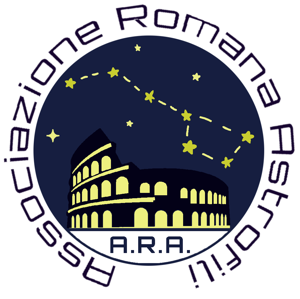Multi-wavelength landscape of the young galaxy cluster RX J1257.2+4738 at z = 0.866. I. The infrared view
Context. Many studies have shown how galaxy properties (e.g. colours,
morphology, star-forming (SF) activity, active galactic nuclei
population) change not only with redshift, but also with local galaxy
density, revealing the important effect of the stellar/halo mass and the
environment in the evolution of galaxies. A detailed analysis of the
star formation activity in a representative sample of clusters will help
us to understand the physical processes that cause the observed changes.
<BR /> Aims: We performed a thorough analysis of the star formation
activity in the young massive galaxy cluster RX J1257+4738 at z = 0.866,
with emphasis on the relationship between the local environment of the
cluster galaxies and their star formation activity. We present an
optical and infrared (IR) study that benefited from the large amount of
data available for this cluster, including new OSIRIS/GTC and Herschel
imaging observations. <BR /> Methods: Using a multi-wavelength catalogue
from the optical to the near-infrared, we measured photometric redshifts
through a χ<SUP>2</SUP> spectral energy distribution fitting
procedure. We implemented a reliable and carefully chosen cluster
membership selection criterion including Monte Carlo simulations and
derived a sample of 292 reliable cluster member galaxies for which we
measured the following properties: optical colours, stellar masses,
ages, ultraviolet luminosities and local densities. Using the MIPS 24
μm and Herschel data, we measured total IR luminosities and star
formation rates (SFRs). <BR /> Results: Of the sample of 292 cluster
galaxies, 38 show far-infrared (FIR) emission with an SFR between 0.5
and 45 M<SUB>⊙</SUB> yr<SUP>-1</SUP>. The spatial distribution of
the FIR emitters within the cluster density map and the filament-like
overdensities observed suggest that RX J1257 is not virialised, but is
in the process of assembly. The average star formation as a function of
the cluster environment parametrised by the local density of galaxies
does not show any clear trend. However, the fraction of SF galaxies
unveils that the cluster intermediate-density regions is preferred for
the SF activity to enhance, since we observe a significant increase of
the FIR-emitter fraction in this environment. The analysis of the
extinction distributions of the optically red and blue SF galaxies
supports the assumption of the red SF galaxies as a dusty population.
Herschel is an ESA space observatory with science instruments provided
by European-led Principal Investigator consortia and with important
participation from NASA.
